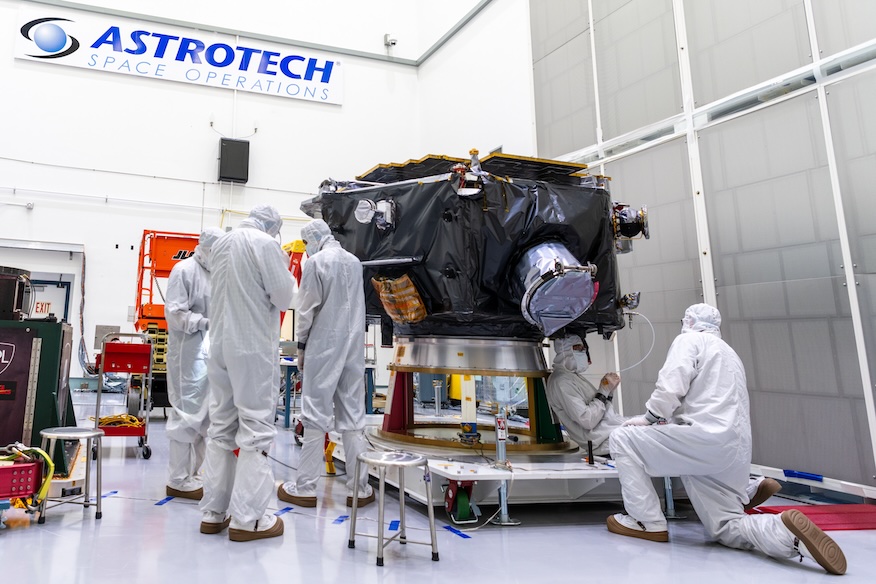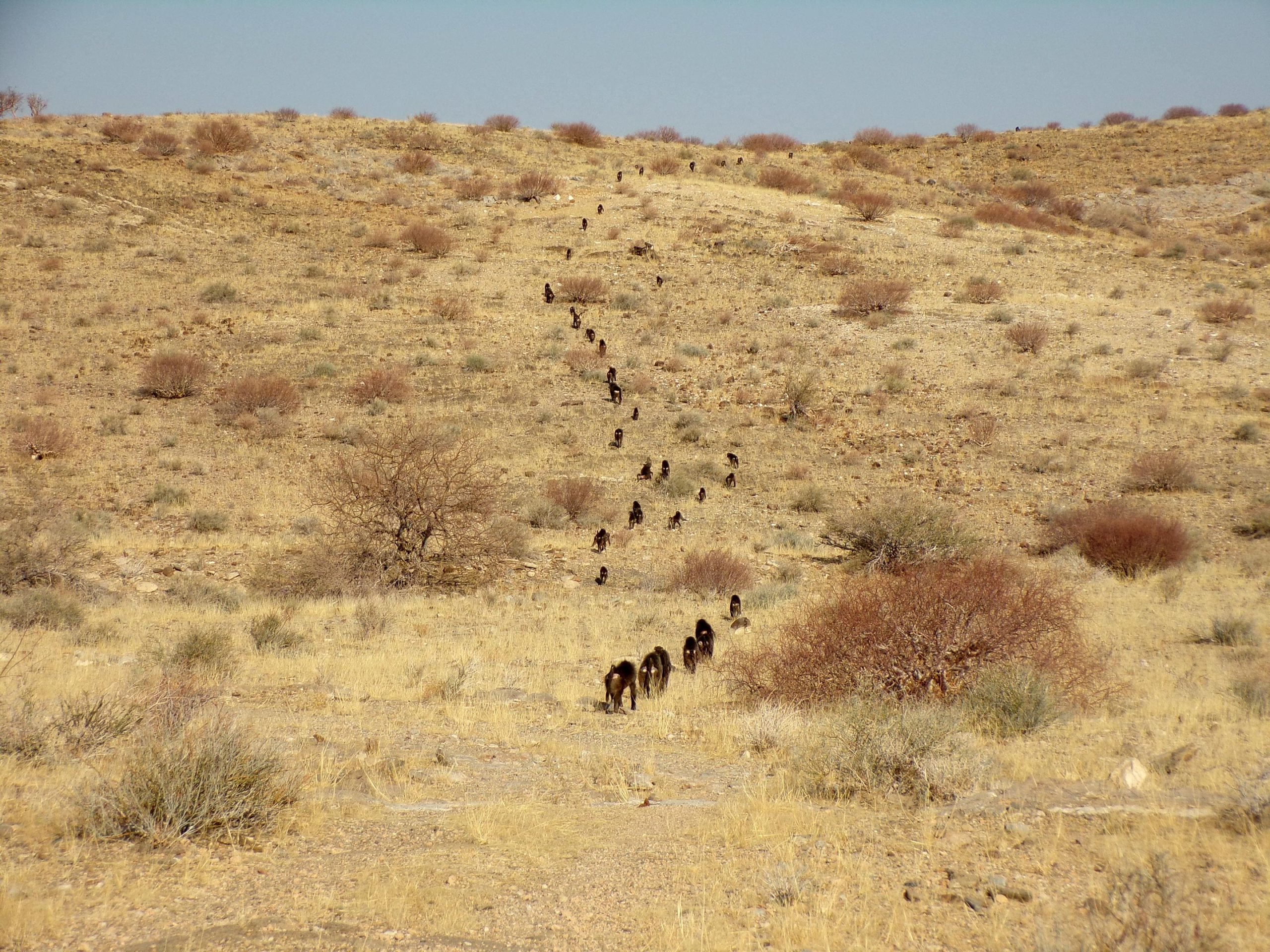Yahoo is using AI to generate takeaways from this article. This means the info may not always match what’s in the article. Reporting mistakes helps us improve the experience.Generate Key Takeaways Life with a puppy is a constant mix of surprises and laughter. One moment they’re snoozing in a sunbeam, the next they’re convinced the refrigerator, a plastic bag, or …
Read More »Science
Giant Blob Surfaces in U.S. Lake — What Experts Discovered Left Them Stunned
A recent discovery in Lake Huron captured the attention of scientists and the public alike after wildlife officials came across what appeared to be a massive, gelatinous blob floating in the water. According to Yahoo News, the find was so bizarre in appearance that it was jokingly referred to as a “cursed gummy bear” by the U.S. Fish and Wildlife …
Read More »Just a moment…
Just a moment… Enable JavaScript and cookies to continue This request seems a bit unusual, so we need to confirm that you’re human. Please press and hold the button until it turns completely green. Thank you for your cooperation! Press and Hold Press and hold the button If you believe this is an error, please contact our support team. 209.74.74.26 …
Read More »Just a moment…
Just a moment… Enable JavaScript and cookies to continue This request seems a bit unusual, so we need to confirm that you’re human. Please press and hold the button until it turns completely green. Thank you for your cooperation! Press and Hold Press and hold the button If you believe this is an error, please contact our support team. 209.74.74.26 …
Read More »Vandenberg preparing for fifth SpaceX launch this month
A SpaceX launch from Vandenberg Space Force Base supporting Department of Defense communications is set for Friday evening. The launch window for the Falcon 9 rocket carrying 24 Starlink satellites into low-Earth orbit opens at 7:05 p.m. and remains open until 11:05 p.m. Following stage separation, the first-stage, which has been used in 14 previous launches, is set to land …
Read More »NASA developing plan to acquire Mars telecom orbiter
WASHINGTON — NASA is still working on a strategy to procure a Mars communications spacecraft funded in the budget reconciliation bill even as the agency moves more towards a services approach to communications. To continue reading this article: Register now and get3 free articles every month. You’ll also receive our weekly SpaceNews This Week newsletter every Friday. Opt-out at any …
Read More »NASA, NOAA prep spacecraft trio to study the Sun and its impacts – Spaceflight Now
A group of technicians works to complete final inspections and checkouts of NASA’s Interstellar Mapping and Acceleration Probe (IMAP) spacecraft inside a cleanroom at Astrotech Space Operations in Titusville, Florida. Image: John Pisani / Spaceflight Now Technicians inside a pair of clean rooms at the Astrotech facility in Titusville, Florida, are busily readying a trio of spacecraft that will study …
Read More »Making babies beyond Earth? Mouse study suggests we can make it happen
Spaceflight has a broad impact on the way our body functions — and that includes our reproductive systems. Indeed, to get a better idea of how future pregnancies and new generations born to humans beyond Earth will be affected, scientists need to examine how well our reproductive germ cells and stem cells respond to potentially harmful factors, like radiation and …
Read More »Farming spread through migration, not local adoption, ancient DNA reveals – Archaeology News Online Magazine
Farming spread through migration, not local adoption, ancient DNA reveals Archaeology News Online Magazine Modeling the European Neolithic expansion suggests predominant within-group mating and limited cultural transmission Nature Ancient DNA shows what really spread the farming revolution Earth.com Ancient DNA reveals farming spread through migration, though locals slow to adopt it Phys.org Ancient DNA Reveals Hunter-Gatherers and Farmers Coexisted for Generations GreekReporter.com Source link
Read More »The Unexpected Reason Baboons March in Order
Baboons walking in progression on South Africa’s Cape Peninsula. Credit: Vittoria Roatti Baboons have long puzzled scientists with their habit of walking in neat lines across the African landscape. Were they protecting the vulnerable, following leaders, or competing for food? A Swansea University team used high-resolution GPS to track wild chacma baboons and tested these theories. Why Baboons Walk in …
Read More »





